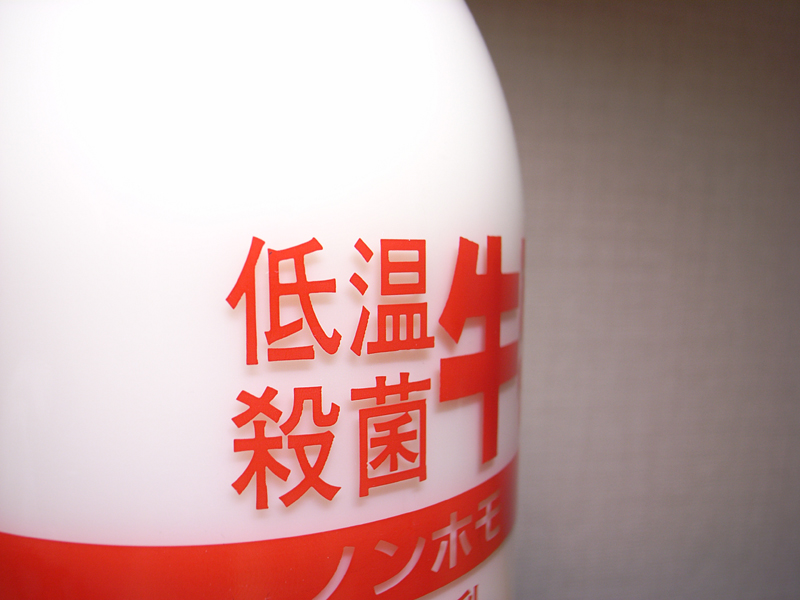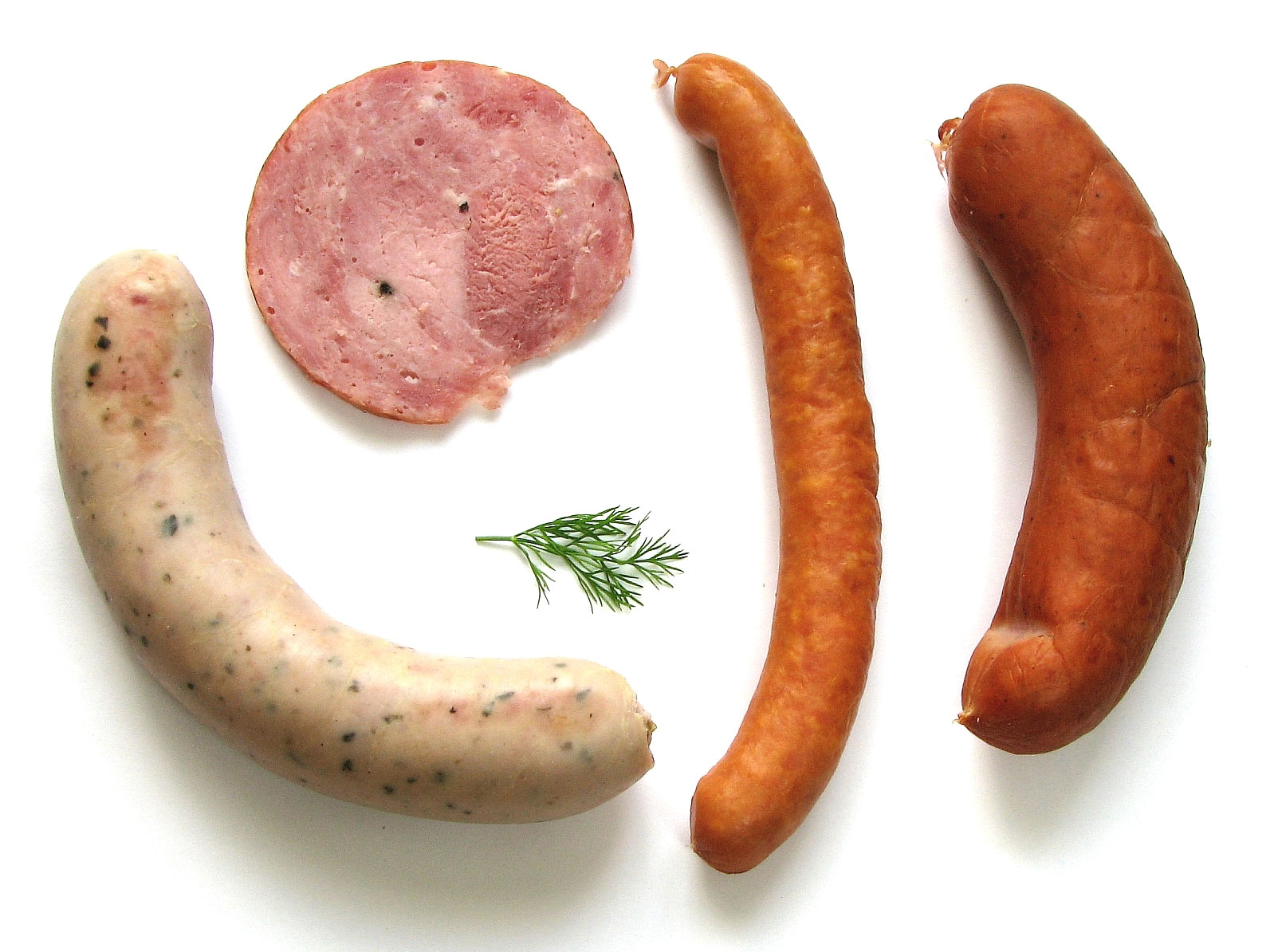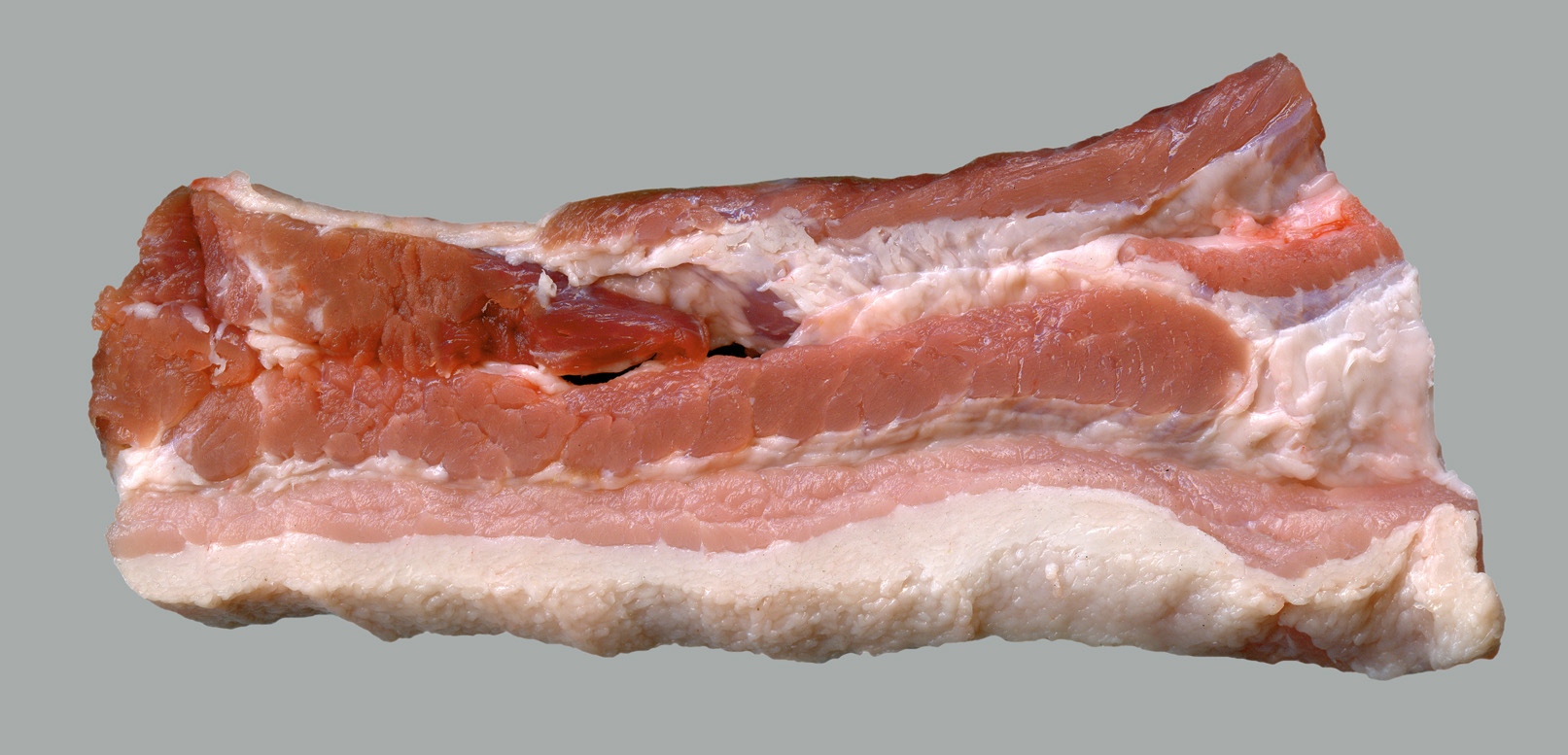|
Beetroot Red
Betanin, or Beetroot Red, is a red glycosidic food dye obtained from beets; its aglycone, obtained by hydrolyzing away the glucose molecule, is betanidin. As a food additive, its E number is E162. The color of betanin depends on pH; between four and five it is bright bluish-red, becoming blue-violet as the pH increases. Once the pH reaches alkaline levels betanin degrades by hydrolysis, resulting in a yellow-brown color. Betanin is a betalain pigment, together with isobetanin, probetanin, and neobetanin. Other pigments contained in beet are indicaxanthin and vulgaxanthins. Sources Betanin is usually obtained from the extract of beet juice; the concentration of betanin in red beet can reach 300–600 mg/kg. Other dietary sources of betanin and other betalains include the '' Opuntia'' cactus, Swiss chard, and the leaves of some strains of amaranth. Uses The most common uses of betanins are in coloring ice cream and powdered soft drink beverages; other uses are in ... [...More Info...] [...Related Items...] OR: [Wikipedia] [Google] [Baidu] |
Glycoside
In chemistry, a glycoside is a molecule in which a sugar is bound to another functional group via a glycosidic bond. Glycosides play numerous important roles in living organisms. Many plants store chemicals in the form of inactive glycosides. These can be activated by enzyme hydrolysis, which causes the sugar part to be broken off, making the chemical available for use. Many such plant glycosides are used as medications. Several species of '' Heliconius'' butterfly are capable of incorporating these plant compounds as a form of chemical defense against predators. In animals and humans, poisons are often bound to sugar molecules as part of their elimination from the body. In formal terms, a glycoside is any molecule in which a sugar group is bonded through its anomeric carbon to another group via a glycosidic bond. Glycosides can be linked by an O- (an '' O-glycoside''), N- (a ''glycosylamine''), S-(a '' thioglycoside''), or C- (a ''C-glycoside'') glycosidic bond. According ... [...More Info...] [...Related Items...] OR: [Wikipedia] [Google] [Baidu] |
Ice Cream
Ice cream is a sweetened frozen food typically eaten as a snack or dessert. It may be made from milk or cream and is flavoured with a sweetener, either sugar or an alternative, and a spice, such as cocoa or vanilla, or with fruit such as strawberries or peaches. It can also be made by whisking a flavored cream base and liquid nitrogen together. Food coloring is sometimes added, in addition to stabilizers. The mixture is cooled below the freezing point of water and stirred to incorporate air spaces and to prevent detectable ice crystals from forming. The result is a smooth, semi-solid foam that is solid at very low temperatures (below ). It becomes more malleable as its temperature increases. The meaning of the name "ice cream" varies from one country to another. In some countries, such as the United States, "ice cream" applies only to a specific variety, and most governments regulate the commercial use of the various terms according to the relative quantities of the ma ... [...More Info...] [...Related Items...] OR: [Wikipedia] [Google] [Baidu] |
Pasteurization
Pasteurization or pasteurisation is a process of food preservation in which packaged and non-packaged foods (such as milk and fruit juices) are treated with mild heat, usually to less than , to eliminate pathogens and extend shelf life. The process is intended to destroy or deactivate microorganisms and enzymes that contribute to food spoilage or risk of disease, including vegetative bacteria, but most bacterial spores survive the process. The process is named after the French microbiologist Louis Pasteur whose research in the 1860s demonstrated that thermal processing would deactivate unwanted microorganisms in wine. Spoilage enzymes are also inactivated during pasteurization. Today, pasteurization is used widely in the dairy industry and other food processing industries to achieve food preservation and food safety. By the year 1999, most liquid products were heat treated in a continuous system where heat can be applied using a plate heat exchanger or the direct or ... [...More Info...] [...Related Items...] OR: [Wikipedia] [Google] [Baidu] |
Oxygen
Oxygen is the chemical element with the symbol O and atomic number 8. It is a member of the chalcogen group in the periodic table, a highly reactive nonmetal, and an oxidizing agent that readily forms oxides with most elements as well as with other compounds. Oxygen is Earth's most abundant element, and after hydrogen and helium, it is the third-most abundant element in the universe. At standard temperature and pressure, two atoms of the element bind to form dioxygen, a colorless and odorless diatomic gas with the formula . Diatomic oxygen gas currently constitutes 20.95% of the Earth's atmosphere, though this has changed considerably over long periods of time. Oxygen makes up almost half of the Earth's crust in the form of oxides.Atkins, P.; Jones, L.; Laverman, L. (2016).''Chemical Principles'', 7th edition. Freeman. Many major classes of organic molecules in living organisms contain oxygen atoms, such as proteins, nucleic acids, carbohydrates, and fats ... [...More Info...] [...Related Items...] OR: [Wikipedia] [Google] [Baidu] |
Light
Light or visible light is electromagnetic radiation that can be perceived by the human eye. Visible light is usually defined as having wavelengths in the range of 400–700 nanometres (nm), corresponding to frequencies of 750–420 terahertz, between the infrared (with longer wavelengths) and the ultraviolet (with shorter wavelengths). In physics, the term "light" may refer more broadly to electromagnetic radiation of any wavelength, whether visible or not. In this sense, gamma rays, X-rays, microwaves and radio waves are also light. The primary properties of light are intensity, propagation direction, frequency or wavelength spectrum and polarization. Its speed in a vacuum, 299 792 458 metres a second (m/s), is one of the fundamental constants of nature. Like all types of electromagnetic radiation, visible light propagates by massless elementary particles called photons that represents the quanta of electromagnetic field, and can be analyzed as both waves and par ... [...More Info...] [...Related Items...] OR: [Wikipedia] [Google] [Baidu] |
Food Preservation
Food preservation includes processes that make food more resistant to microorganism growth and slow the oxidation of fats. This slows down the decomposition and rancidification process. Food preservation may also include processes that inhibit visual deterioration, such as the enzymatic browning reaction in apples after they are cut during food preparation. By preserving food, food waste can be reduced, which is an important way to decrease production costs and increase the efficiency of food systems, improve food security and nutrition and contribute towards environmental sustainability. For instance, it can reduce the environmental impact of food production. Many processes designed to preserve food involve more than one food preservation method. Preserving fruit by turning it into jam, for example, involves boiling (to reduce the fruit's moisture content and to kill bacteria, etc.), sugaring (to prevent their re-growth) and sealing within an airtight jar (to prevent re ... [...More Info...] [...Related Items...] OR: [Wikipedia] [Google] [Baidu] |
Sausage
A sausage is a type of meat product usually made from ground meat—often pork, beef, or poultry—along with salt, spices and other flavourings. Other ingredients, such as grains or breadcrumbs may be included as fillers or extenders. When used as an adjective, the word ''sausage'' can refer to the loose sausage meat, which can be formed into patties or stuffed into a skin. When referred to as "a sausage", the product is usually cylindrical and encased in a skin. Typically, a sausage is formed in a casing traditionally made from intestine, but sometimes from synthetic materials. Sausages that are sold raw are cooked in many ways, including pan-frying, broiling and barbecuing. Some sausages are cooked during processing, and the casing may then be removed. Sausage-making is a traditional food preservation technique. Sausages may be preserved by curing, drying (often in association with fermentation or culturing, which can contribute to preservation), smoking, or ... [...More Info...] [...Related Items...] OR: [Wikipedia] [Google] [Baidu] |
Meat
Meat is animal flesh that is eaten as food. Humans have hunted, farmed, and scavenged animals for meat since prehistoric times. The establishment of settlements in the Neolithic Revolution allowed the domestication of animals such as chickens, sheep, rabbits, pigs, and cattle. This eventually led to their use in meat production on an industrial scale in slaughterhouses. Meat is mainly composed of water, protein, and fat. It is edible raw but is normally eaten after it has been cooked and seasoned or processed in a variety of ways. Unprocessed meat will spoil or rot within hours or days as a result of infection with, and decomposition by, bacteria and fungi. Meat is important to the food industry, economies, and cultures around the world. There are nonetheless people who choose to not eat meat ( vegetarians) or any animal products ( vegans), for reasons such as taste preferences, ethics, environmental concerns, health concerns or religious dietary rules. Terminolog ... [...More Info...] [...Related Items...] OR: [Wikipedia] [Google] [Baidu] |
Bacon
Bacon is a type of salt-cured pork made from various cuts, typically the belly or less fatty parts of the back. It is eaten as a side dish (particularly in breakfasts), used as a central ingredient (e.g., the bacon, lettuce, and tomato sandwich (BLT)), or as a flavouring or accent (as in bacon bits in a salad). Bacon is also used for barding and larding roasts, especially game, including venison and pheasant, and may also be used to insulate or flavour roast joints by being layered onto the meat. The word is derived from the Proto-Germanic ''*bakkon'', meaning "back meat". Meat from other animals, such as beef, lamb, chicken, goat, or turkey, may also be cut, cured, or otherwise prepared to resemble bacon, and may even be referred to as, for example, " turkey bacon". Such use is common in areas with significant Jewish and Muslim populations as both religions prohibit the consumption of pork. Vegetarian bacons such as "soy bacon" also exist. Curing and smoking ... [...More Info...] [...Related Items...] OR: [Wikipedia] [Google] [Baidu] |
Tomato
The tomato is the edible berry of the plant ''Solanum lycopersicum'', commonly known as the tomato plant. The species originated in western South America, Mexico, and Central America. The Mexican Nahuatl word gave rise to the Spanish word , from which the English word ''tomato'' derived. Its domestication and use as a cultivated food may have originated with the indigenous peoples of Mexico. The Aztecs used tomatoes in their cooking at the time of the Spanish conquest of the Aztec Empire, and after the Spanish encountered the tomato for the first time after their contact with the Aztecs, they brought the plant to Europe, in a widespread transfer of plants known as the Columbian exchange. From there, the tomato was introduced to other parts of the European-colonized world during the 16th century. Tomatoes are a significant source of umami flavor. They are consumed in diverse ways: raw or cooked, and in many dishes, sauces, salads, and drinks. While tomatoes are fruits� ... [...More Info...] [...Related Items...] OR: [Wikipedia] [Google] [Baidu] |
Sugar Strand
Sugar is the generic name for sweet-tasting, soluble carbohydrates, many of which are used in food. Simple sugars, also called monosaccharides, include glucose, fructose, and galactose. Compound sugars, also called disaccharides or double sugars, are molecules made of two bonded monosaccharides; common examples are sucrose (glucose + fructose), lactose (glucose + galactose), and maltose (two molecules of glucose). White sugar is a refined form of sucrose. In the body, compound sugars are hydrolysed into simple sugars. Longer chains of monosaccharides (>2) are not regarded as sugars, and are called oligosaccharides or polysaccharides. Starch is a glucose polymer found in plants, the most abundant source of energy in human food. Some other chemical substances, such as glycerol and sugar alcohols, may have a sweet taste, but are not classified as sugar. Sugars are found in the tissues of most plants. Honey and fruits are abundant natural sources of simple sugars. Sucrose is ... [...More Info...] [...Related Items...] OR: [Wikipedia] [Google] [Baidu] |
Fondant Icing
Fondant icing, also commonly referred to simply as fondant (, from the ), is an icing used to decorate or sculpt cakes and pastries. It is made from sugar, water, gelatin, vegetable fat or shortening, and glycerol. It does not have the texture of most icings; rolled fondant is akin to stiff clay, while poured fondant is a thick liquid. The word, in French, means 'melting,' coming from the same root as '' fondue'' and ''foundry.'' Types of rolled fondant ''Rolled fondant,'' ''fondant icing,'' or ''pettinice,'' which is not the same material as poured fondant, is commonly used to decorate wedding cakes. Although wedding cakes are traditionally made with marzipan and royal icing, fondant is increasingly common due to nut allergies, as it does not require almond meal. Rolled fondant includes gelatin (or agar in vegetarian recipes) and food-grade glycerine, which keeps the sugar pliable and creates a dough-like consistency. Rolled fondant is rolled out like a pie crust an ... [...More Info...] [...Related Items...] OR: [Wikipedia] [Google] [Baidu] |



.jpg)





